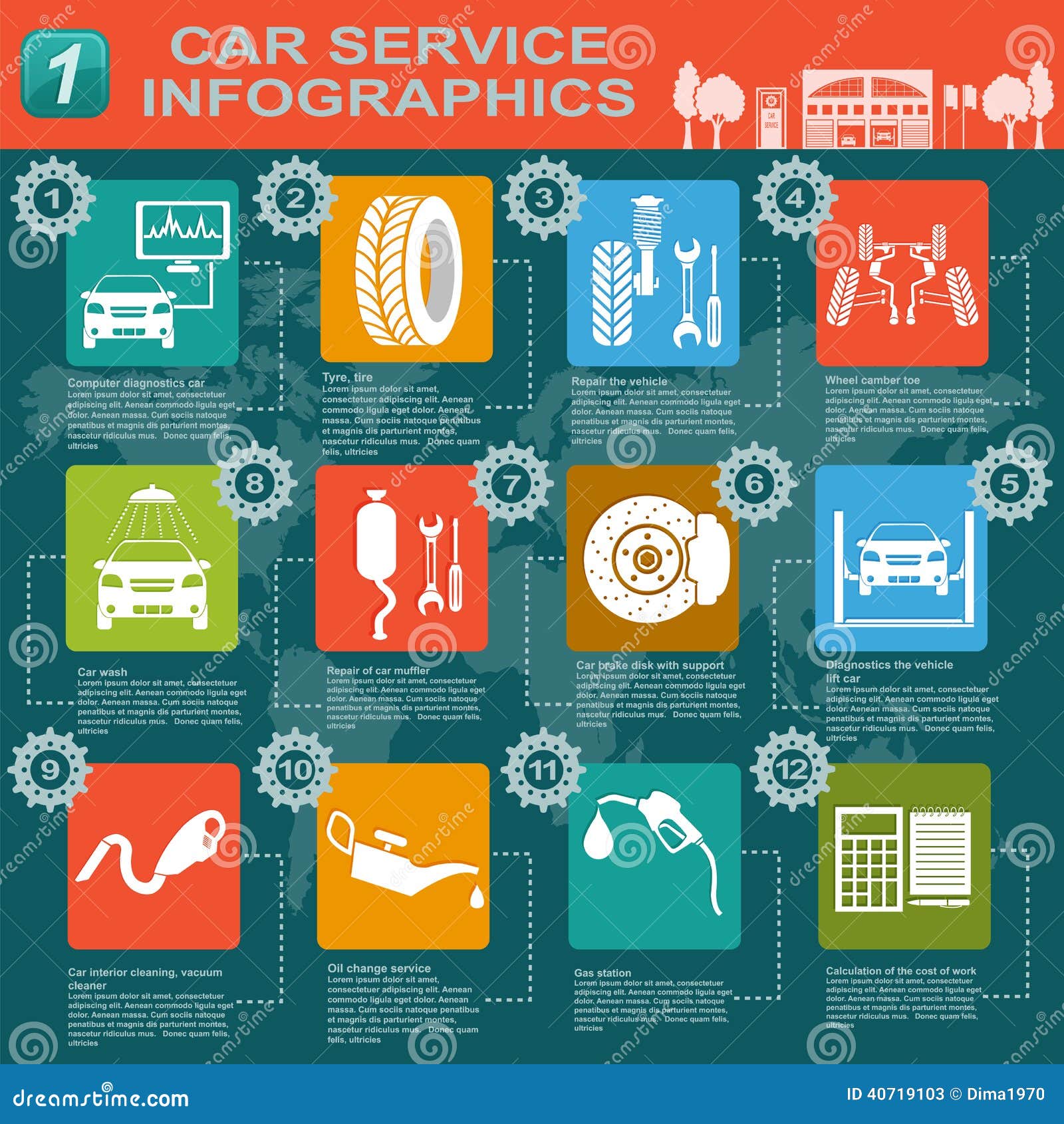Understanding Your Auto'S Warning Lights: What Do They Really Mean?
Understanding Your Auto'S Warning Lights: What Do They Really Mean?
Blog Article
Staff Writer-Higgins Torres
When you're behind the wheel, those glowing warning lights on your control panel can be a little bit perplexing. Do you understand what they're attempting to inform you regarding your auto's health and wellness? Understanding the importance of these lights is important for your safety and the longevity of your car. So, the following time among those lights turns up, wouldn't you want to decipher its message precisely and take the needed steps to address it?
Common Warning Lights and Interpretations
Recognize usual caution lights in your vehicle and understand their definitions to ensure risk-free driving.
One of the most normal warning lights consist of the check engine light, which signals concerns with the engine or discharges system. If https://www.autoserviceworld.com/inside-the-unique-ase-test-development-process/ comes on, it's vital to have your automobile examined quickly.
The oil stress cautioning light indicates low oil stress, requiring prompt focus to prevent engine damage.
https://elliottvlbsh.creacionblog.com/31087731/insights-from-the-area-an-expert-car-detailer-s-guide-to-ideal-practices blinking battery light could suggest a damaged billing system, potentially leaving you stranded if not dealt with.
The tire stress tracking system (TPMS) light alerts you to reduced tire pressure, impacting car security and gas effectiveness. Disregarding this could cause hazardous driving problems.
The abdominal muscle light indicates an issue with the anti-lock braking system, compromising your capability to quit swiftly in emergencies.
Lastly, the coolant temperature alerting light warns of engine getting too hot, which can cause severe damage otherwise settled quickly.
Comprehending these typical caution lights will assist you resolve issues quickly and maintain secure driving conditions.
Significance of Prompt Focus
Recognizing the common caution lights in your vehicle is only the very first step; the importance of immediately addressing these warnings can't be stressed sufficient to guarantee your security when traveling.
When a caution light brightens on your dashboard, it's your auto's method of interacting a potential problem that needs focus. Neglecting these cautions can lead to much more serious troubles down the road, compromising your safety and potentially costing you much more in repairs.
Prompt focus to cautioning lights can protect against malfunctions and mishaps. For instance, a flashing check engine light can indicate a misfire that, if left unattended, can cause damages to the catalytic converter. Addressing this without delay can conserve you from an expensive repair.
In a similar way, a brake system warning light might signify reduced brake liquid or worn brake pads, important elements for your safety and security when driving.
Do It Yourself Troubleshooting Tips
If you notice a warning light on your control panel, there are a few do it yourself repairing ideas you can try before seeking expert help.
The first step is to consult your cars and truck's guidebook to recognize what the particular warning light indicates. In some cases the problem can be as basic as a loosened gas cap activating the check engine light. Tightening up the gas cap may settle the problem.
car detaling is a reduced battery, which can set off different alerting lights. Checking car wash interior cleaning for rust and guaranteeing they're safe might take care of the issue.
If a warning light continues, you can attempt resetting it by disconnecting the car's battery for a few mins and then reconnecting it. Furthermore, inspecting your car's fluid degrees, such as oil, coolant, and brake fluid, can assist troubleshoot advising lights related to these systems.
Final thought
To conclude, understanding your auto's caution lights is crucial for keeping your car running smoothly and safely. By immediately dealing with these notifies and knowing what they mean, you can prevent pricey repair work and prospective failures.
Remember to consult your vehicle's manual for certain details on each alerting light and take action accordingly to make certain a hassle-free driving experience.
Remain notified, stay safe on the road!
